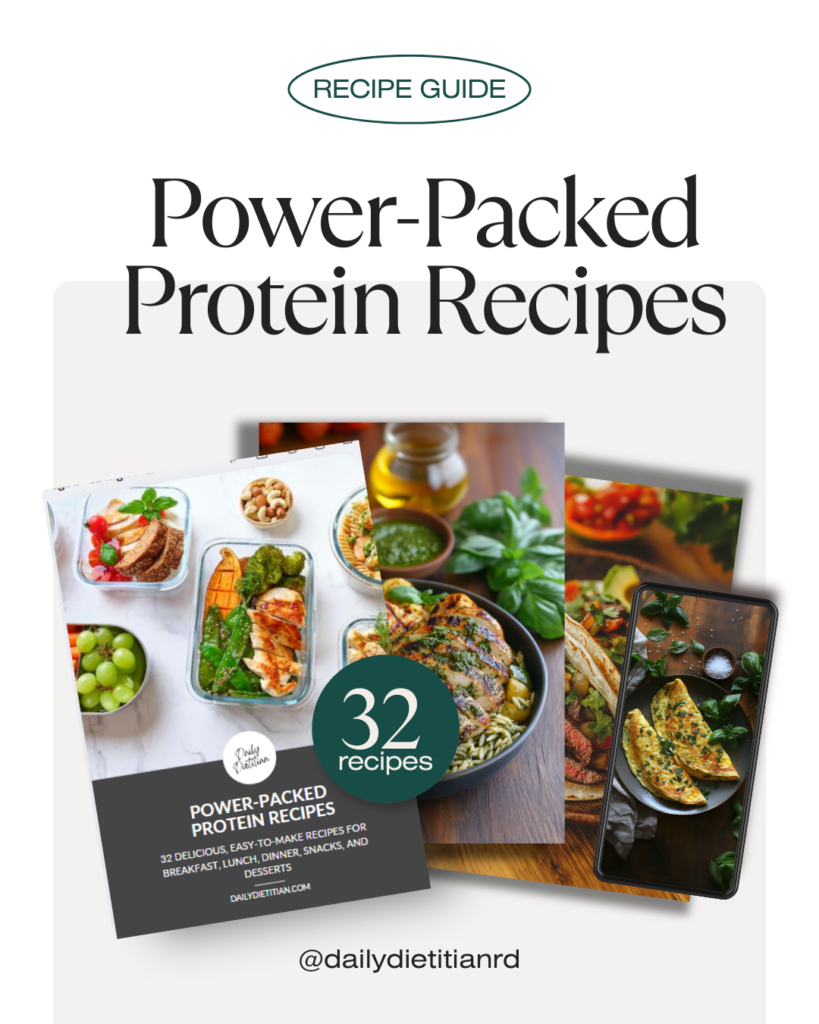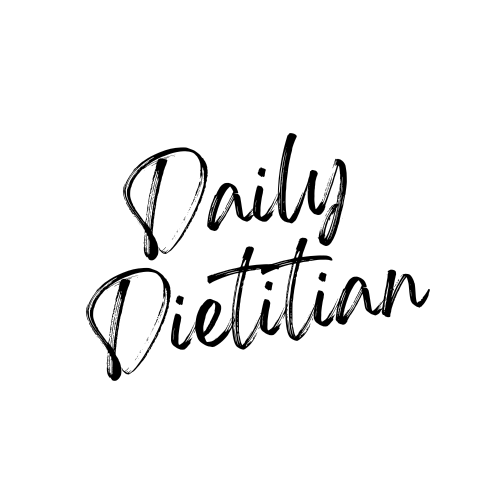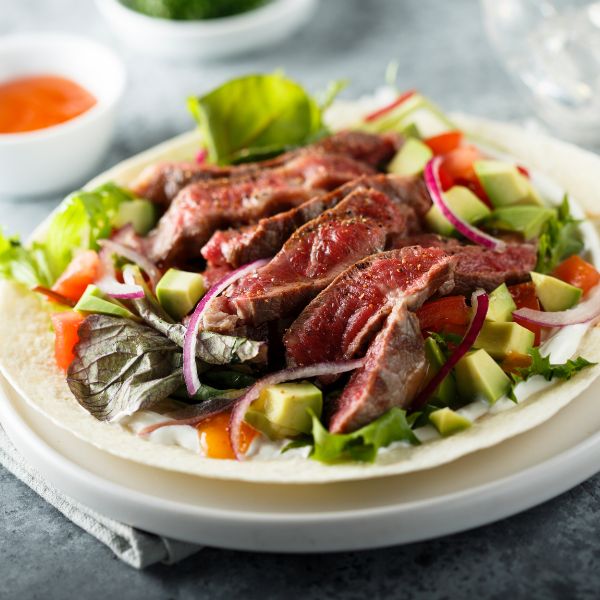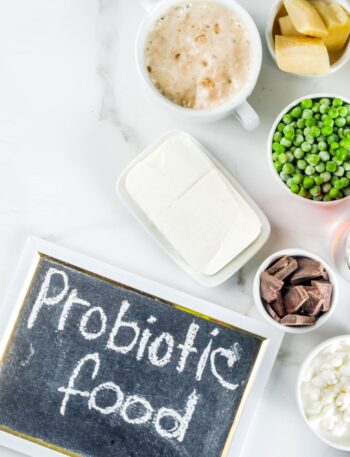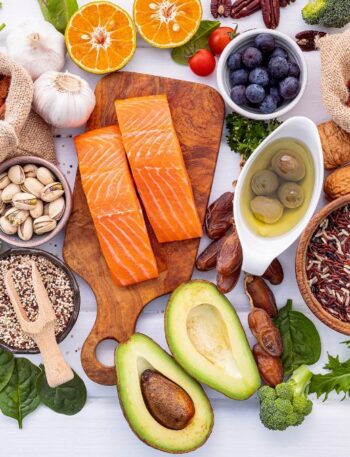Protein consumption is a hot topic these days, and while many are looking to increase their intake, it’s essential to understand the nuances and avoid potential pitfalls. From your hair and nails to your muscles and every cell in between, protein is the building block that keeps your body functioning. It’s also vital for hormones and antibodies, making it a key nutrient to include in your daily meals.
How Much Protein Do You Really Need?
The amount of protein you need isn’t one-size-fits-all—it depends on your age, activity level, health, and if you’re pregnant or breastfeeding. Protein needs are highly individualized and influenced by factors such as gender, lifestyle, exercise habits, and genetics. While the Recommended Dietary Allowance (RDA) of 0.8 grams of protein per kilogram of body weight may be considered too low by many experts, research suggests that a balanced approach can help meet your body’s needs without going overboard.
For the average adult, the general guideline is to get 10% to 35% of your daily calories from protein. For a 2,000-calorie diet, that’s about 50 to 175 grams daily. Another simple way to calculate your needs is to multiply your body weight in kilograms by 0.8 grams. For example:
- A 150-pound person needs about 54 grams of protein daily.
- A 180-pound person should aim for around 65 grams.
Why a Little Extra Protein Can Be Good
The minimum recommendations prevent deficiencies, but many people, especially older adults, could benefit from a bit more protein to maintain muscle mass. Experts often recommend 1.2 to 1.8 grams per kilogram of body weight daily. Aiming for about 20 to 30 grams of protein per meal is an adequate amount to promote fullness and support essential body functions.
Are You Eating Protein the Right Way?
Even if you’re getting enough protein, how you spread it out matters. Most people eat little at breakfast and a lot at dinner, but balancing your protein intake across meals can better support muscle maintenance. Try these meal ideas:
- Breakfast: Two eggs with a cup of Greek yogurt and fruit.
- Lunch: Add grilled chicken or black beans to your salad.
- Dinner: Pair a piece of salmon with roasted vegetables.
Can You Overdo Protein?
While getting enough protein is important, too much can crowd out other nutrients like fiber and healthy fats. Experts suggest sticking to about 2 grams of protein per kilogram of body weight as a daily maximum. There’s no evidence that high protein harms your kidneys or bones in healthy individuals, but your body may not absorb all of it effectively at very high intakes, leading to inefficiencies.
Special Protein Needs
- For Vegetarians and Vegans: Skipping meat doesn’t mean you’re missing out on protein. Plant-based foods like lentils, quinoa, tofu, and nuts provide plenty of protein when eaten in variety. Soy products like tempeh and edamame are also great options for complete proteins.
- For Active Individuals: If you’re exercising regularly, you’ll need more protein to support muscle repair. Aim for 1.2 to 2 grams per kilogram of body weight daily and include 15 to 25 grams of protein within an hour of your workout.
- For Older Adults: Aging reduces the body’s ability to use protein effectively, so older adults may need 1 to 1.5 grams of protein per kilogram of body weight. Leucine-rich foods, such as eggs, milk, and poultry, are especially helpful for maintaining muscle mass.
- For Pregnancy and Breastfeeding: Pregnant women need about 10 extra grams of protein daily during the second and third trimesters, while breastfeeding moms require even more to support milk production and recovery.
Beware of Protein Marketing
Protein is now being added to everything from granola bars to ice cream and crackers. These processed products often contain small amounts of protein that don’t significantly contribute to your daily needs. Red flags to watch for include products heavily marketed as “high-protein” but low in nutrient density or filled with added sugars and artificial ingredients. Prioritize whole food sources of protein instead, such as Greek yogurt, animal proteins, and plant-based options like beans, lentils, tofu, and quinoa.
What About Protein Powders & Bars?
Let’s dive into the world of highly processed proteins—think protein bars, powders, and shakes. Are they essential? Not necessarily. Can they be helpful? Absolutely. But before making them a daily staple, there are a few things to consider.
First, not all protein powders are created equal. Many contain artificial sweeteners like sucralose, sugar alcohols, or even stevia. While some people tolerate these well, others experience gas, bloating, headaches, or digestive discomfort.
These sweeteners aren’t fully absorbed by the body and may even disrupt gut health—something we rely on for proper digestion and immune function. Another important note? Protein powders aren’t regulated by the FDA.
Some independent tests have revealed trace amounts of heavy metals in certain brands. While these levels aren’t typically dangerous, it’s a reminder to be mindful. If you choose to use protein powder, go for one with minimal ingredients—plain, unsweetened versions let you control the flavor and sweetness with real foods like fruit or honey.
My favorite options:
Opportuniteas Grass-Fed Whey Isolate Protein Powder
A clean, no-nonsense option for boosting your protein intake. With 28g of protein per serving and zero artificial sweeteners, flavors, or fillers, this unflavored powder mixes easily into smoothies, oatmeal, or yogurt. Made from grass-fed whey, it’s a great choice if you’re looking for high-quality, minimal-ingredient protein support.

RXBAR Minis Protein Bars
These mini bars are my go-to for a quick, satisfying snack made with simple, real ingredients. Each bar is packed with 6g of protein from egg whites, nuts, and dates—no fillers or funky additives. My favorite is chocolate sea salt, and I love having to pack in my purse or when I travel (plus a latte, may favorite go-to snack/breakfast)

A simple option I like is Drink Wholesome (not sponsored), made with simple ingredients like coconut and egg protein. If you’re plant-based, pea protein is a great alternative. Of course, you don’t need powder to get more protein in your day.
Other high protein options:
Simple foods like ultra-filtered milk (adds 5 grams per cup), Greek yogurt (17 grams per serving), and kefir (10 grams plus probiotics) can do the trick.
And let’s be honest—protein powders can get pricey, so if you go that route, find one you enjoy and that fits your budget. I’ve linked a few of my go-to protein powders and bars in the show notes if you want some solid starting points!
Bottom Line: Make Protein Part of Every Meal
Protein is a must-have nutrient, and most people can meet their needs with a balanced diet. Spread your protein intake throughout the day to support your body, and pay extra attention if you’re older, active, pregnant, or following a plant-based diet. By focusing on whole food sources and avoiding overhyped processed options, you can make protein a cornerstone of your health and well-being.
Check out my Power-Packed Protein Recipe Guide for filling and delicious recipes for breakfast, lunch, dinner, and dessert!
